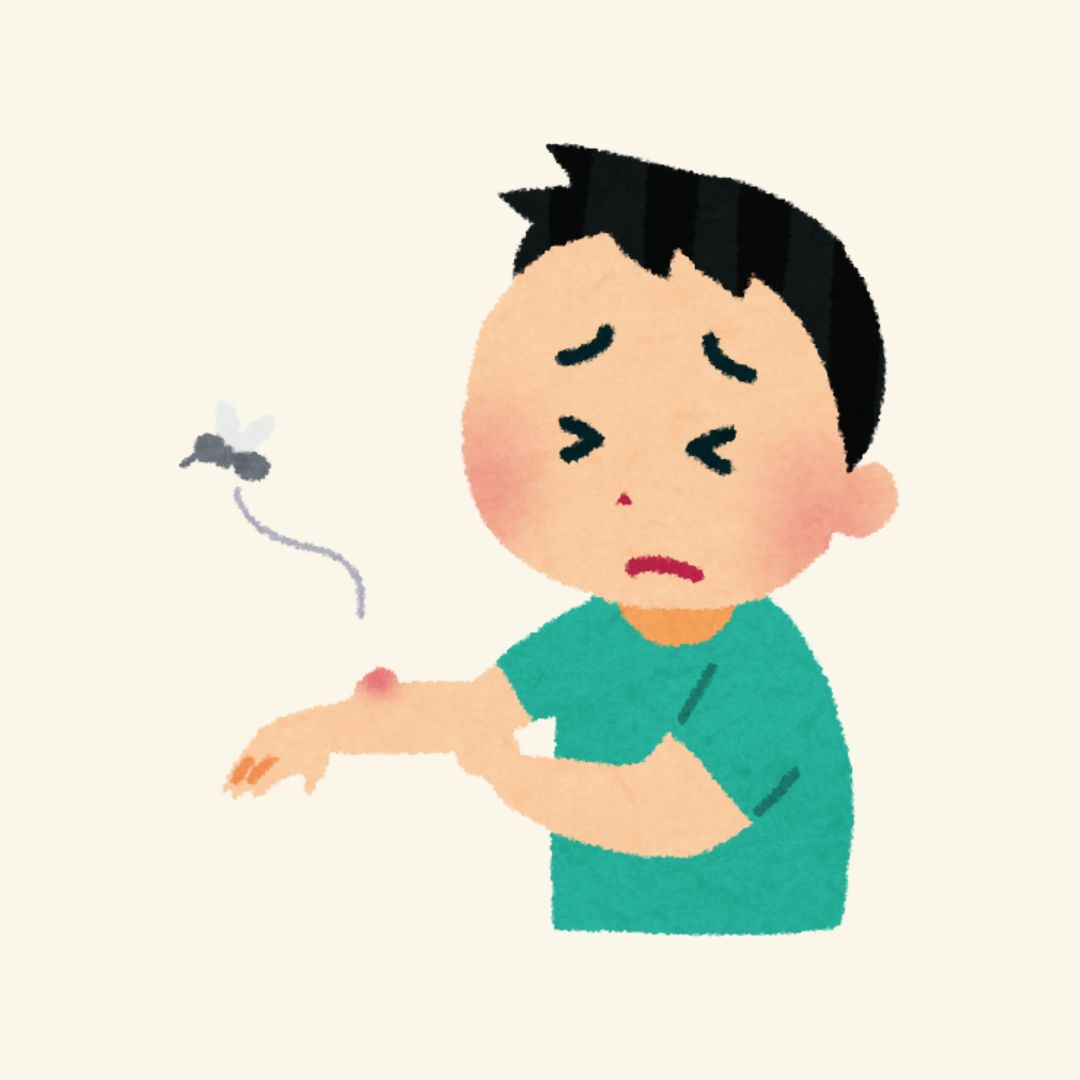Why Hong Kong cannot let its guard down on mosquito-borne diseases | SCMP
Just before news broke in July of a chikungunya outbreak in Foshan, Guangdong province, I was on a field trip with a group of students in Pok Fu Lam. It was a sultry day; recent rains had increased the humidity. It was impossible not to sweat. As we made our first stop to begin an activity, the mosquitoes began to gather and feast.
We were not unprepared. Mosquito repellent and loose long clothing had been recommended for the day. Still, itchy red bumps started to appear. As the day went on, so did the bites. By the evening, the extent of the damage was clear.
Mosquito bites are nothing new in Hong Kong, but the threat of another mosquito-borne disease turns an annoyance into a potential health risk, one that is indicative of climate change.
The Hong Kong Observatory predicts the city will experience hotter, wetter days in the future, providing a perfect environment for mosquito breeding and disease transmission.
Hong Kong is no stranger to mosquito-borne diseases. Deadly outbreaks, such as malaria, killed thousands in the 19th century and lingered well into the 20th century. Dengue fever, characterised by a body rash, fever and joint pains, was identified in Hong Kong in 1872 and has been episodic ever since.
Japanese encephalitis cases occur sporadically and can cause severe neurological problems – the city recorded an imported case on August 20. Each of these distinct diseases is transmitted by a different type (genera) of mosquito, illustrating how well-established and adaptable the local insect population is.
Hong Kong’s chikungunya cases, nine at the time of writing, have all been imported, and the health authorities will be hoping to avoid local transmission. Although for most of the population the virus causes mild symptoms, those with chronic health issues could suffer complications like persistent joint pain and nervous system damage. The city cannot be complacent.
Lest we forget, Zika, which spread in Brazil in 2015, caused shocking microcephaly cases in newborns, a reminder that mosquito-borne diseases have long-term health implications that can disproportionately impact children.
According to the World Mosquito Program, 2024 was the worst year on record for dengue fever, with more than 14 million cases worldwide, while the World Health Organization reports that malaria has seen a resurgence since Covid-19.
Fluctuating weather patterns and disasters are expanding the range of some of the most dangerous mosquito vectors that are moving beyond their tropical habitats to more temperate climes. Oropouche virus, endemic in the Amazon, is one of the latest vector-borne diseases to have turned up in Europe, with uncertainty around the potential for local transmission.
Interconnected by air and sea travel, Hong Kong could see imported cases of malaria, West Nile virus – endemic in West Asia – and Japanese encephalitis, which has increased in Australasia in recent years.
Despite the threat, research and development of treatments and vaccines against mosquito-borne diseases have lagged, partly due to shifts in funding and resources to chronic health conditions that plague high-income populations, but also due to the complexity of the disease organisms. At present, there are no specific treatments for Japanese encephalitis, dengue, chikungunya, West Nile virus, oropouche virus or Zika, among others.
As Hong Kong’s climate heats up, the potential for imported mosquito-borne diseases to become established in local mosquito populations will increase. Short-term mosquito elimination strategies may appease the public, but they will not prevent future disease outbreaks or the arrival of new and more deadly diseases.
Anti-mosquito strategies touted as answers to disease transmission – such as releasing sterile male mosquitoes or infecting mosquitoes with bacteria to reduce the breeding population – either have mixed results or been stalled in development and licensing amid safety and efficacy issues.
Newer technologies, including deploying drones to disseminate insecticide in less accessible areas and remote sensing tools that detect water bodies where mosquitoes may breed, could be useful but do not replace boots on the ground manual spraying.
Mosquito control remains a collective responsibility of the government and the public. The former must strategise mass disease control. The latter must manage mosquito breeding in private homes and businesses, as well as protect themselves from bites.
This requires a proactive public response that protects not just the individual, but also the wider community. For instance, the new HKUMed Travellers Clinic dispenses comprehensive advice and, where appropriate, medicines and repellents to ensure safe travel.
How many times must we remind ourselves that mosquito-borne diseases remain one of the biggest and most deadly global health issues? Along with the recent unpredictable weather events, chikungunya is a timely reminder that Hong Kong must anticipate more outbreaks and respond accordingly with an effective disease surveillance system, local research capacity, consistent mosquito monitoring and control, and an accessible public education programme.
Dr Ria Sinha
Lecturer, Medical Ethics and Humanities Unit, School of Clinical Medicine, LKS Faculty of Medicine
The University of Hong Kong


